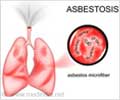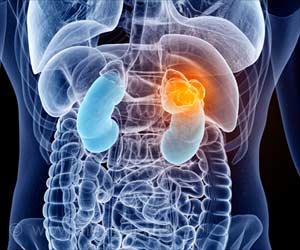Antibiotic stewardship interventions for sudden and severe respiratory infection is feasible and can significantly decrease overuse in emergency settings.

‘Inappropriate antibiotic use for ARIs should be addressed as soon as possible. Antibiotic stewardship helps physician make better antibiotic-prescribing decisions.’
Read More..




The lead author of the study is Kabir Yadav, MD, MS, MSHS, Department of Emergency Medicine, Harbor?UCLA Medical Center, Torrance, CA and the Los Angeles Biomedical Research Institute, Torrance, CA. Read More..
Yadav, et al. found that while overall performance improvements are still needed in systems with both high and low performers, the study demonstrates that getting to zero inappropriate antibiotic use for ARIs is a potentially achievable goal, and for those institutions with average or high inappropriate prescribing rates, antibiotic overuse can be cut by one?third, with attention to the problem.
Commenting on the study is David A. Talan, MD, professor of medicine in residence (emeritus), David Geffen School of Medicine at UCLA and chair emeritus, Department of Emergency Medicine Faculty, Division of Infectious Diseases, Olive View-UCLA Medical Center:
"While this study did not demonstrate a significant reduction in inappropriate antibiotic use for upper respiratory tract infections with an enhanced educational campaign supplemented by peer comparison, the good news is that its rates are already remarkably low (~5%) in some emergency departments (EDs), and these campaigns appear feasible for EDs seeking more comprehensive models to improve stewardship and for application to other targets, such as urinary treat infections and shotgun empirical broad-spectrum IV treatments (e.g., vancomycin and piperaciilin/tazobactam)."
Advertisement












